
You may remember this post from prior to Christmas where it was aimed at what phone you should buy your Mum. With school starting back in the next few weeks we thought it was appropriate to publish the same piece with a tweak pointing it towards a phone for the kids prior to them starting school this year.
At the beginning of the school year many parents look to buy their kids mobile phones to allow them to stay in contact with them in case of an emergency, especially when heading to secondary school. Most people do not head straight to the flagship end of phones when buying their kids phones, but instead opt for the lower end of the market. Unfortunately, or fortunately, depending on how you view it, the coverage of low end phones is often far too stark. We have decided to set that mark at a hard limit of AU$400 and give you a list and details of what we think are the best available phones in that price range. In the original piece as this was written we neglected to include the Moto G4 Plus which occurred because we extended the hard limit and the G4 Plus dropped in price after that. It is now included, as the many comments suggested in the previous piece.
The phones that caught our eye in that price range are:
- Oppo F1s
- Sony Xperia XA
- Huawei GR3
- Samsung J3
- Samsung J5
- HTC Desire 628
- LG X Power
- Moto G4 Plus
Let’s start in reverse order — the ones I wouldn’t touch with a barge pole to those that I highly recommend.
The Samsungs
The very limited time we had with both of these devices was far too short to recommend it to anyone. With Samsung unable to provide us with review phones for these we are unable to give more than a passing comment from what we learnt from using them instore.

The phones come with the usual Samsung “value-added software” (or bloatware if you wish) and they did not feel very snappy at all. If TouchWiz/Samsung Experience slows down even their high end flagships over time I have very little confidence with it producing a decent experience on a low end phone such as these. The J5 retails for around AU$399 while the J3 can be purchased from Telstra on their prepaid plans for AU$299. There are far better phones out there for that price range.
HTC Desire 628
As for the Samsung’s we did not get much of a chance to use these except for instore. The 5 inch display on these is a 720p LCD display which seems fairly washed out and not of great quality. The phone itself is a good looking phone that retails for AU$249 at JB Hifi.
The OS flows fairly well and is relatively snappy so it is not one that I would rule out but having used others for longer I am much more confident recommending those others for similar prices. With 2GB of RAM and 16GB of storage which can be expanded with microSD it has acceptable specs for a low-mid range phone. In saying that this fits 3rd from the end in my list of phones I would recommend out of those listed above.
Huawei GR3
We cannot do a list of low-mid range phones and not include Huawei. The very impressive Huawei Nova Plus unfortunately sits just outside of the price range at a RRP of AU$499 (it is $486 at Harvey Norman at the moment so you may be able to bargain a bit of that). If the budget extends to that price we highly recommend it with a review set to be published any day now. The Huawei phone that is readily available within this price range is the Huawei GR3.

Huawei, in 2016, excels in the design stakes with most of their phones including an all-metal body. The GR3 is no exception and feels very solid in the hand. The GR3 has just been released in a bundle with a fitness tracker for AU$279 which we have seen at Target. The 5 inch display is a 720p IPS LCD display that looks decent, for a low end phone. The specs themselves are very similar to the HTC and it behaves similarly, albeit with the woeful EMUI 3.1 ontop of Android 5.1.1. Where the Huawei excels is its build quality. It came in fourth in my list of phones above that we considered. I find it hard to recommend a phone running Lollipop with a hideous skin on top no matter how good the build quality is.
Sony Xperia XA
The last three phones are all phones I would consider recommending to friends or relatives who want a quality phone without breaking the bank.
Sony were good enough to supply us with an Xperia XA to test out as part of this article and considering our previous experience with some Sony devices we were more than sceptical. I was surprised. It was a decent little phone. It follows the design language of the rest of their devices in its shape. The display is a very nice 5 inch, 720P IPS LCD display that looks pretty good, even next to my Pixel XL. Colours were vibrant and sharp.
Running on top of Android 6.0 was a half decent skin by Sony. Very minimal and thus seemed to be relatively quick, not Pixel quick of course but definitely no slouch, especially for a sub AU$200 phone. I read somewhere that Sony included a heap of bloatware on the device. I noticed no such thing. There is of course the usual Sony apps where they are continually persistent with trying to lock you into their walled garden with apps etc from them (Playstation, Xperia Lounge, Xperia Tips), AVG Protection which is nothing but a drain on the battery (not required, hurts more than helps), and Facebook (possibly the worst coded app known to Android and will kill any battery given half the chance — use a different app if you must have Facebook). I wouldn’t consider these bloatware to any great extent and if wanted you could always disable them- which I did. With an upgrade to Android 7.0 in the works software is not something that lets this phone down.
The 13MP rear camera was a decent camera, taking some good snaps (see below) and the front facing camera, at 8MP, took some decent selfies (which is the most important factor right?).
It has the usual specs expected from a phone in this range — 16GB storage, 2GB RAM, microSD slot, octa-core processor, all the Wi-Fis and Bluetooth 4.1. The battery life was decent, not great but lasted a day fairly easily. This is where this phone fell a bit behind the last two phones but is entirely acceptable in my opinion. You can pick this one up prepaid from Vodafone for AU$199 or outright from JB Hifi for AU$299.
Would I recommend this phone to a relative? In a nutshell, yes. It is the closest experience to stock Android out of my final 3 which runs well and has a decent camera. With software upgrades on the horizon its software experience excels. It was not far behind the LG X Power at all and I suspect many would actually prefer this one over the LG. It is a much nicer looking phone, especially the white one we received.
LG X Power
It was close between the LG X Power and the Oppo F1s but in the end the Oppo won out as my number one recommendation due to its supreme build quality as opposed to the extremely plasticky feel of the LG. The LG X Power’s battery life set it apart from the Sony Xperia XA. The software experience matters little to those that this phone and this market category is aimed at.
When I reviewed the LG X Power a couple of months ago I concluded that yes I would recommend it to a certain subset of people. Those who want a phone with a helluva battery life. It worked intermittently with Android Auto and felt not that great in the hand but it worked as designed considering its low end specs.
The camera was good but not great, once again, but for a sub-$300 phone we shouldn’t expect DSLR quality images. As per most of the phones listed above there is 2GB of RAM and 16GB of storage with capability to expand that with microSD. The display is slightly bigger than those above at 5.3 inches and is protected with Gorilla Glass 3. The display colours did not “pop” but were acceptable.
The software is a let down, as it is for many companies trying to set themselves apart from the pack of Android manufacturers. I dislike their “skin” with a passion and think it is a blight on the Android landscape. Aside from that the phone is a decent piece of kit. Most people who this phone is targeted at would not care about the software and its divergence from the Material Design guidelines.
The battery life, with me using the hell out of it, was over two days! Impressive to say the least. Add in the fast charging that all manufacturers seem to have now and it is good for those who often forget to charge their device every night. At AU$299 from JB Hifi it comes in second in my list and is good buy for anyone out there who don’t mind the LG skin.
Oppo F1s
This is a phone that I have not used for more than a day or so but left a lasting impression on me. The build quality is similar to Huawei — an all metal body that feels premium in the hand.
With a bump in specs over the other phones mentioned above it performs extremely well. There is 3GB of RAM and 32GB of storage which can be further increased with a microSD card. The processor is a Mediatek Octa-core processor. The 720p LCD display is also bigger at 5.5 inches and had possibly the best looking display of all other the phones in this article.
Hardware aside the phone is only running Android 5.1 which is extremely disappointing, especially when their “skin”, ColorOS, is every bit as hideous as EMUI and LG’s UX5.0. Oppo have said that an update to 6.0 is in the works but they need to add their “skin” to it which is what takes all the time. Makes you wonder why they do it — it certainly does not enhance the phone in any way.
The performance of the phone was far better than what you would expect of a AU$318 phone. As Phil said in his review “For the target market, the performance of the F1s is going to be more than satisfactory – they’ll think this thing is an absolute beast”. Same for the software. Mentioned to a friend who bought one about the software but she was more than happy with it — mind you she was coming from a SGS4 with TouchWiz (enough said).
The battery life was not over two days like the LG X Power but was easily over a day with heavy use. Oppo’s VOOC charging is also included and is one of the better and faster fast charging protocols out there.
Currently on sale at JB Hifi for AU$318 it is hard to go past this bargain. It is a beast of a phone for that price. It is doesn’t miss a beat performance-wise and is a great size for media consumption for the YouTube hungry teenager. Before incorporating the Moto G4 Plus into the mix the Oppo was at the top of my list, and afterwards it still was.
Moto G4 Plus
I have been a fan of Motorola for a while now and have purchased several Moto devices for relatives and friends. Motorola phones rarely house high end specs. Instead they focus on the software experience and optimise the software to the hardware they have included. In my opinion Motorola offer the best software experience bar none in the Android world. The Moto G4 Plus is no exception.
Having not used the device for any extended period of time I will defer to Chris’ judgement in his review of the phone. To quote Chris, “The Moto G4 Plus sides on the side of performance, without compromising on price”. The phone may lack NFC and the $378 device only comes with 2GB RAM and 16GB of storage (but has microSD expansion capabilities) but still functions at a very high level.
This attractive device is not massive but the display is 5.5in FHD which is great for any media consumption. The 16MP rear-facing camera takes decent shots and Motorola’s TurboPower charging is included along with a fingerprint reader that functions surprisingly well. There is also dual sim capabilities if that is required. In the end the specs matter little as the experience itself is a pleasure and with an update to Android 7.0 in the works (if not already here) it should improve even more.
It is right up there in my recommendations, fighting hard for the top spot with the Oppo F1s. The price is at the top end of all of the devices mentioned here at $378 which may dissuade many from purchasing it for their kids, especially when there are other decent options at cheaper prices.
| LG X Power | Sony Xperia XA | Oppo F1S | Moto G4 Plus | Release date | — | February 2016 | August 2016 | May 2016 | Screen size | 5.3-inch | 5.0-inch | 5.5-inch | 5.5-inch | Screen technology | IPS LCD | IPS LCD | LCD | IPS LCD | Resolution | 1,280 x 720 | 1,280 x 720 | 1,280 x 720 | 1,920 x 1,080 | PPI | 277 | 294 | 267 | 401 | Rear camera | 13MP | 13MP | 13MP | 16MP | Front camera | 5MP | 8MP | 16MP | 5MP | Chipset | MediaTek MT6735 | MediaTek Helio P10 | MediaTek MT6750 | Snapdragon 617 | Core config | 1.3GHz x 4 | 2.0 GHz x 8 | 8 x 1.5 GHz | 1.5 GHz | Ram | 2GB | 2GB | 3GB | 2GB/ 3GB | Storage | 16GB | 16GB | 32GB | 16GB/ 32GB | MicroSD | Yes, Up to 2TB | Yes, up to 200GB | Yes, up to 128GB | Yes, up to 128GB | Battery | 4,100 mAh | 2,300 mAh | 3,075 mAh | 3,000 mAh | Battery removable | — | — | — | — | Connector | MicroUSB | MicroUSB | MicroUSB | MicroUSB | Headphone Port | Yes | Yes | Yes | Yes | Headphone Location | Bottom | — | Bottom | — | Speaker Configuration | Back | — | — | — | NFC | — | Yes | — | — | Android OS | Android 6.0.1 | Android 6.0.1 | Android 5.1 | Android 6.0.1 | Vendor skin | LG UX | Xperia UI | ColorOS 3.0 | Moto Stock | Dimensions | 148.9x74.9x7.9mm | 143.6 x 66.8 x 7.9 mm | 154.5 x 76 x 7.4 mm | 153 x 76.6 x 9.8 mm | Weight | 139g | 137g | 160g | 155g | Colours | Black |
|
|
|
|---|
In the end, while the Oppo F1s still won the fight for the title of best phone for your kids, any of the last four are good choices that your kid (s) will not be unhappy with if you recommend them. All four had a good camera that more than passes the test for a cheap phone.
The Sony Xperia XA was a great looking device with good software and half decent battery life at an extremely attractive price.
The Moto G4 Plus is a great phone with a great software and overall experience. It’s pricing at $378 is towards the upper limit, especially for low-mid range hardware but the aforementioned software experience cannot be ignored.
The LG X Power was a not so good looking device that ran well with amazing battery life. Software experience is less than ideal though.
The Oppo F1s was an amazing looking device with specs that were better than any other device with really good battery life. At the price it is offered at it is hard to go past. It was a close call between this and the Moto G4 Plus and to be honest neither is a bad choice.



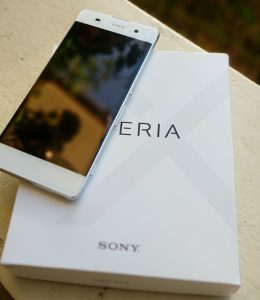
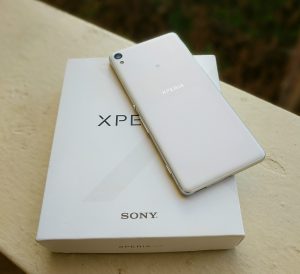
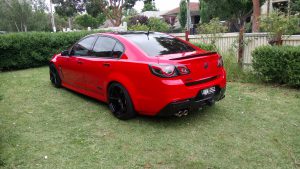




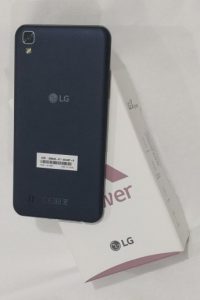





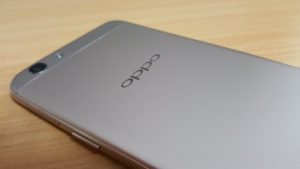



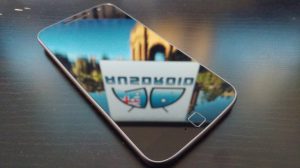





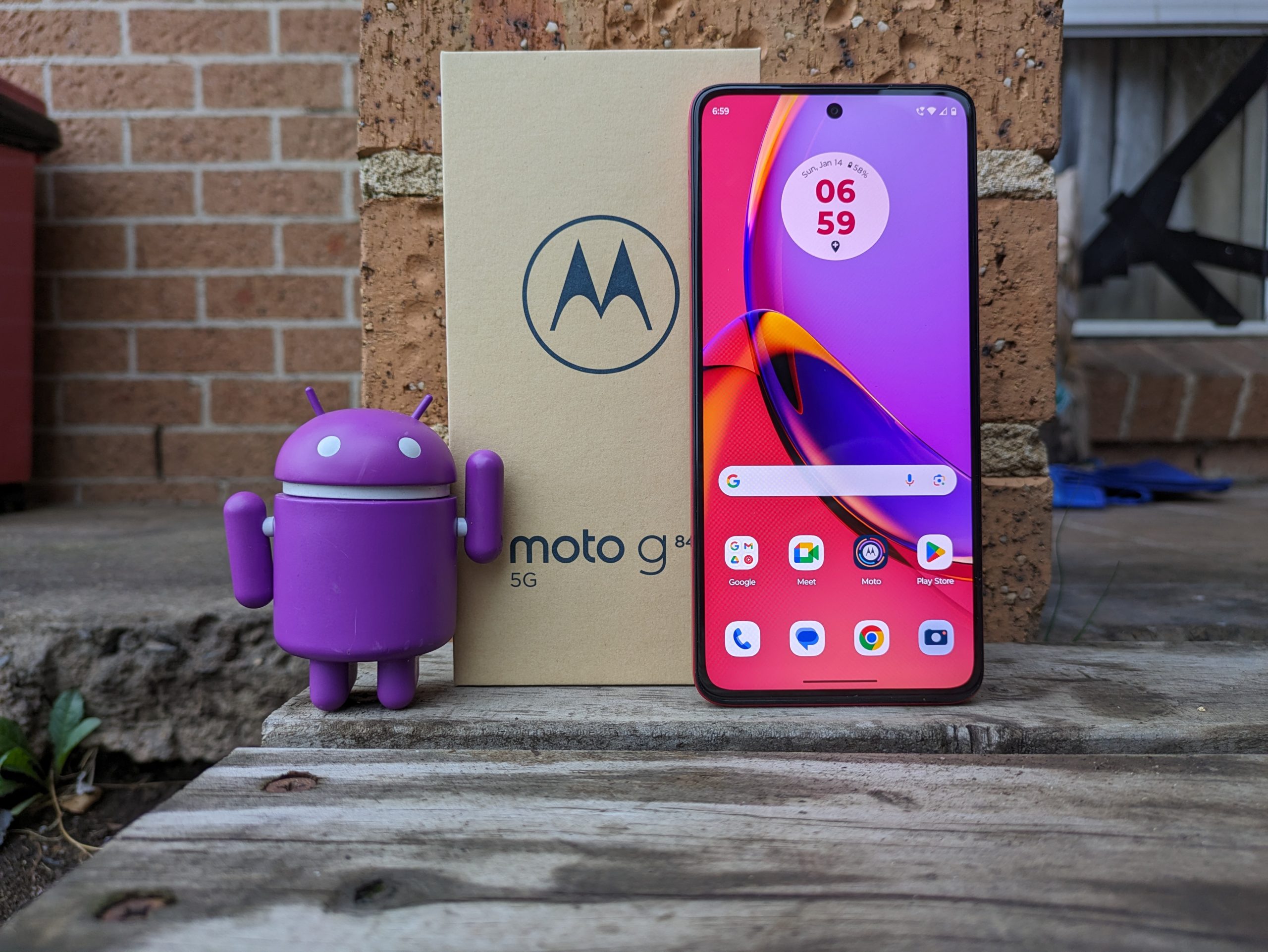
The Oppo F1s is also available as a prepaid from Optus at $259, I almost bought one recently. But decided to stick with the handset I had in hand (which is a Lumia 640XL running an insider preview of Windows 10 Mobile). I decided I just couldn’t accept the Color OS on the Oppo.
Personally I think the max price range for a kids phone should be $300, maybe even $250ish.
Kids don’t treat their phones very good and they’re likely to be dropped in the toilet or have a cracked within 6 months of use. Or they’re likely to get bored of the phone within 6 – 12 months.
Should definitely have Moto G4 Play in this list imo